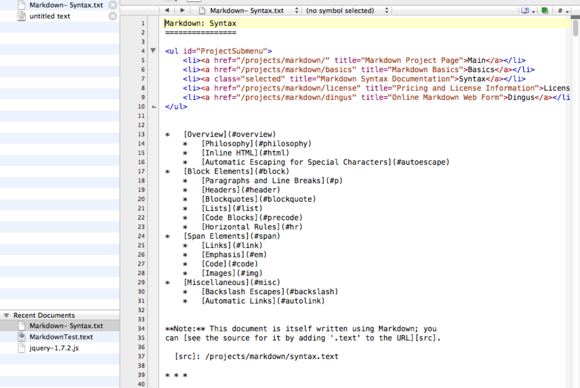Text Editors For Mac 2016
Jan 28, 2018 BBEdit 11 text editor has to be on this list of best text editors for Mac. It is the most powerful text editor developed by the Bare Bones. It consists rich text and HTML editor which is specially designed for web designers. This is a list of XML editors.Note that any text editor can edit XML, so this page only lists software programs that specialize in this task. It doesn't include text editors that merely do simple syntax coloring or expanding and collapsing of nodes.
 Whether you’re just getting started with Lightroom, or you’ve been learning for a while, you’ll love these FREE Lightroom eBooks. They’re also available in printable PDF format for,. You’ll learn not only how to get started, but more importantly, how to avoid the most frequent problems. Below are all of the known keyboard shortcuts for Adobe Lightroom, both Windows and Mac versions. Interested in Lightroom?
Whether you’re just getting started with Lightroom, or you’ve been learning for a while, you’ll love these FREE Lightroom eBooks. They’re also available in printable PDF format for,. You’ll learn not only how to get started, but more importantly, how to avoid the most frequent problems. Below are all of the known keyboard shortcuts for Adobe Lightroom, both Windows and Mac versions. Interested in Lightroom?
In this weeks edition of Damshe and I will be talking about using the built in text editors on both the Windows and Mac platforms. It is true that there are other more feature rich options for word processing but there are also two very capable free solutions on both Windows and Macs. So get your writing hats on and lets talk some text editing.
WordPad On Windows Whether you are writing a post for your blog or taking notes at a meeting, we all have a need to work on a document at our computer. One often overlooked yet powerful document editor for Windows is. Yes, I can here you all now “what about Microsoft Word?” Take my word for it, we will cover MS Word in the future.
I want to introduce you to WordPad for a specific reason though. It is free and comes already installed on your Windows machine. WordPad also has some very nice features for the casual writer, who doesn’t need to track changes and perform some of the more advanced functions that come with MS Word. WordPad can be found in the Start menu under All Programs, Accessories, WordPad; or just do as I do and type Word in the Search Field, select WordPad and press Enter. As expected, upon opening WordPad, you are presented with a blank document where you can begin typing.
Pressing the Alt Key opens a ribbon, much like what you would see in many other Windows applications. The primary sections in this ribbon are: The Home Tab, a View Tab, Help and an Application Menu.
We will start with the Home Tab. Here you have such functions as Cut, Copy, Select All, and a few more editing options. You also have some Insert options like Date, Time and so on. To navigate to the different functions in this tab, press the Down Arrow to enter the tab then use the Left or Right Arrows to move through the options. You will also find Formatting options which contain options for setting the Font size and style, line spacing and justification, and a host of other options. Next is the View Tab which allows for controlling Page Zoom, Word Wrap options and whether or not to display the toolbar on screen. The Help button is a shortcut to the Windows Help documentation.
Then there is the Application menu. This is a menu, not a ribbon tab, so you must press Space to open it and reveal the options there. These options include, Open New Document, Open Existing Document, Save, Save As, and options for printing. I will leave the typing up to you, but you will want to save your work.
Pressing Control+S will open the Save dialogue where you can name your document, select where to save it and select the file type. The default file type for WordPad is “Rich Text Format” or imply RTF.
You also have options for Plain Text,.TXT, MS DOS text, and Unicode text. If you have applied any formatting, like page justification, a different font style, or bold and highlighting, you may want to stick with the RTF format.
RTF usually maintains all formatting applied during editing. Plain text however, may lose some of this formatting.
Simple Text Editor Mac
WordPad prompts you with a helpful dialogue if you choose plain text, alerting you to this fact. I usually go with the plain text option which allows for more cross-platform compatibility. Although, RTF documents can usually be opened in most applications that are considered document editors on Windows and the Mac.

There are even a few document editors on iOS that can handle RTF documents. Now that you know about this hidden gem for writing documents on Windows, Scott will tell you about the option found on the Mac. Text Edit On Mac is the built in text editor on the Mac. It is a very capable word processing application and for most people it will be the only word processor that you will need. With Text Edit you can open documents in Rich Text Format(RTF), Plain Text formatted documents and even the ever popular Microsoft Word format.